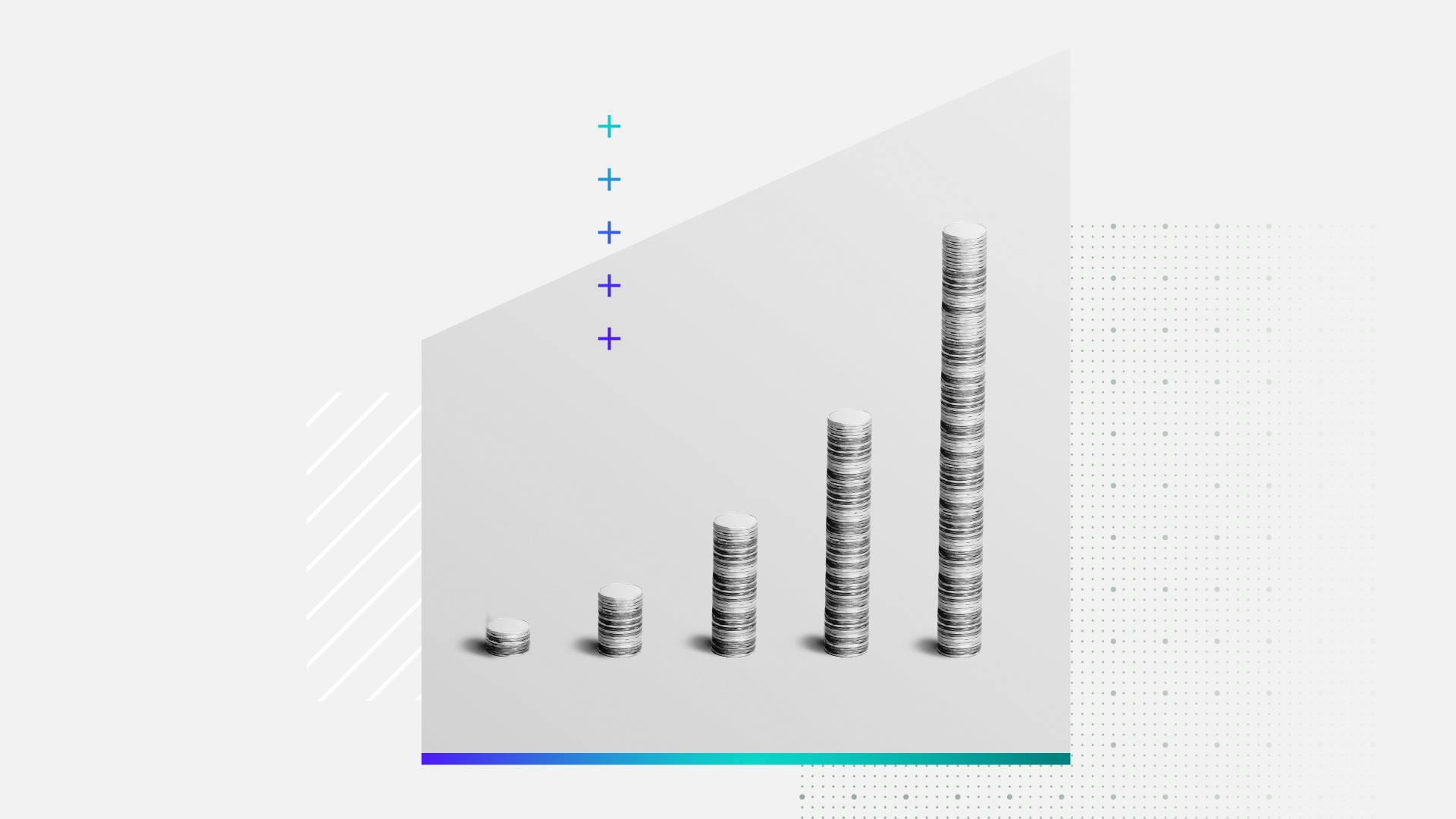U.S. Consumer Spending Tracker
Tracker Overview:
Morning Consult’s U.S. Consumer Spending tracker provides a detailed assessment of U.S. households’ self-reported expenditures as well as spending allocation. The data complements the topline view presented by government agencies by providing a direct consumer perspective and demographic detail on a monthly basis. Businesses and investors rely on this tracker to understand emerging trends in consumer demand, purchasing power and shopping patterns across demographics.
Morning Consult’s consumer spending data is one of many sources for tracking consumer purchasing behaviors, thus fulfilling a similar role as government data sources such as Monthly Advance Retail Sales (MARTs) or Personal Consumption Expenditures (PCE) and Consumer Expenditures (CE).
To evaluate how Morning Consult's data compares to these datasets and the methods used to compile the data, please consult the latest benchmarking article.
Additional Notes:
It is important to note that the averages for each category take into account those who selected "did not spend/purchase" for that category as we seek to estimate an average representative spending level per household, per month. Additionally, we remove outliers by utilizing the trimmed means method to reduce volatility and preserve representativeness of the average consumer’s spending.
Data Access:
While we mainly display spending for categories by household income in this tracker page, subscribers to MC Pro+ are encouraged to download interactive Excel dashboards to analyze changes over time and compare changes for different categories and demographic groups.
Two sets of dashboard files allow users to compare: Two categories (for example housing and groceries) overtime by a selected demographic or for the selected category (for example personal care services), comparison among four demographic groups overtime
Key Takeaways
August marked the seventh consecutive month of positive year-over-year growth in Morning Consult’s consumer spending data, as spending continues to be a bright spot in an economy facing headwinds from a cooling labor market and reheating inflation. From July to August, outlays remained relatively steady, with spending increasing slightly for goods and discretionary categories and decreasing slightly for services and essentials.Spending dynamics did not change substantially between income groups from July to August. All three income cohorts tracked by Morning Consult spent more this August than the same month a year ago.
Discretionary spending remains strong, with recreation, apparel and alcohol continuing to trend up even after adjusting for seasonality and inflation.
Data Downloads
Intel clients are able to download the datasets that underpin Morning Consult Pro's reports and analysis. Contact us to get access.
Spending over time
Share of wallet for different demographics
This chart shows the spending allocation for the average U.S. consumer's typical expenditure categories in the latest month. Pro+ and MCI clients can download the data files to analyze how this allocation has shifted over time and compare this data across different demographics.
Methodology
The survey is conducted monthly among a representative sample of 8,200 U.S. adults. The first run took place in September 2020, with additional questions added in subsequent versions. Data is collected during the first week of each month, with all questions pertaining to the previous month.
Morning Consult calculates consumer spending estimates by taking the trimmed mean of open-ended numerical response data. This approach allows reported nominal spending levels to more freely drift over time, eliminating the downward bias that arises from using static spending ranges for goods and services during periods of sustained inflation. Consult our methodology page and a benchmarking article for more information.
- Began fielding: September 2020
- Frequency: Monthly
- Fielding period: Beginning the first or second day of each month and running 5-7 days
- Sample Size: 8,200 adults. Between September 2020 and June 2025, the sample size was 2,200
Email [email protected] to speak with a member of the Morning Consult team.


